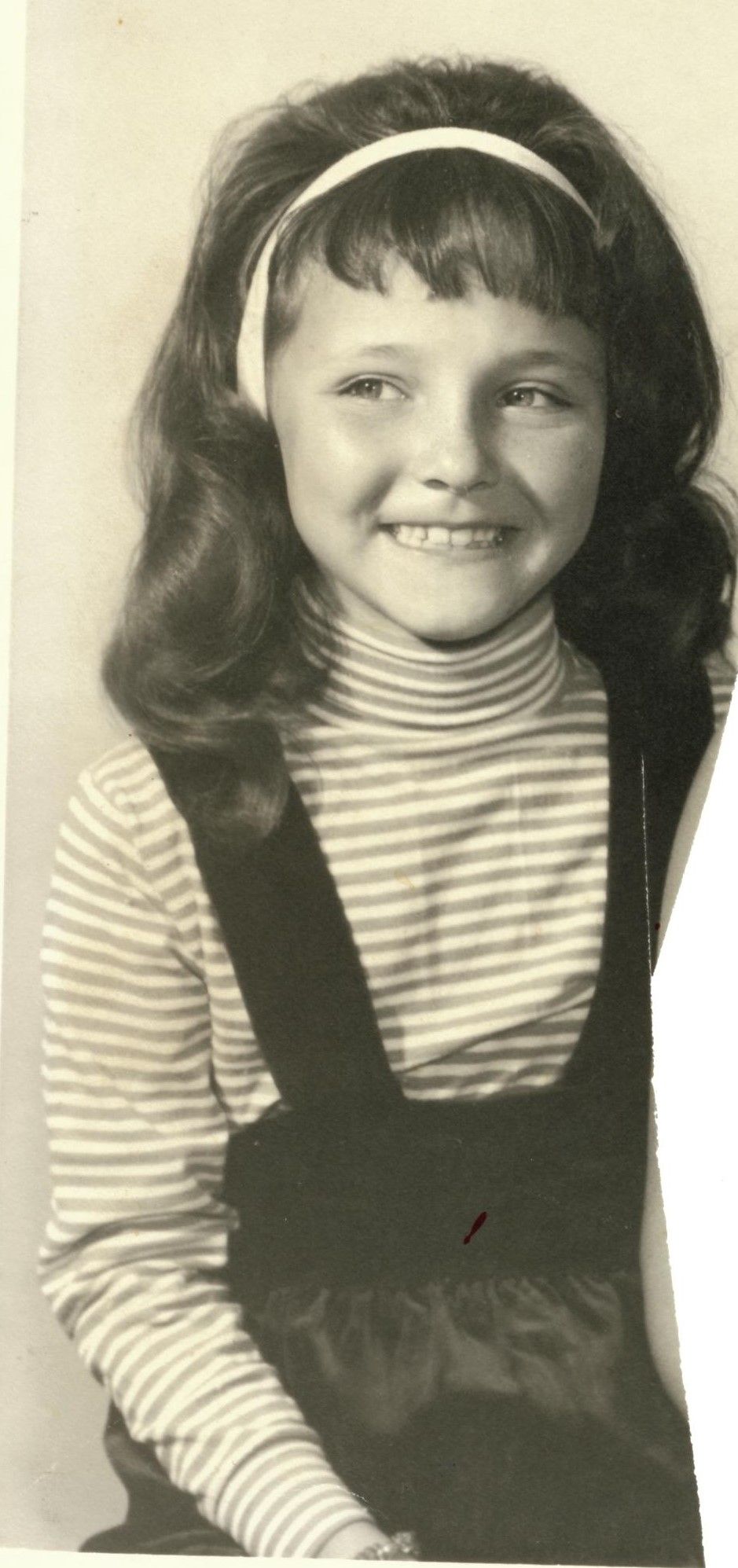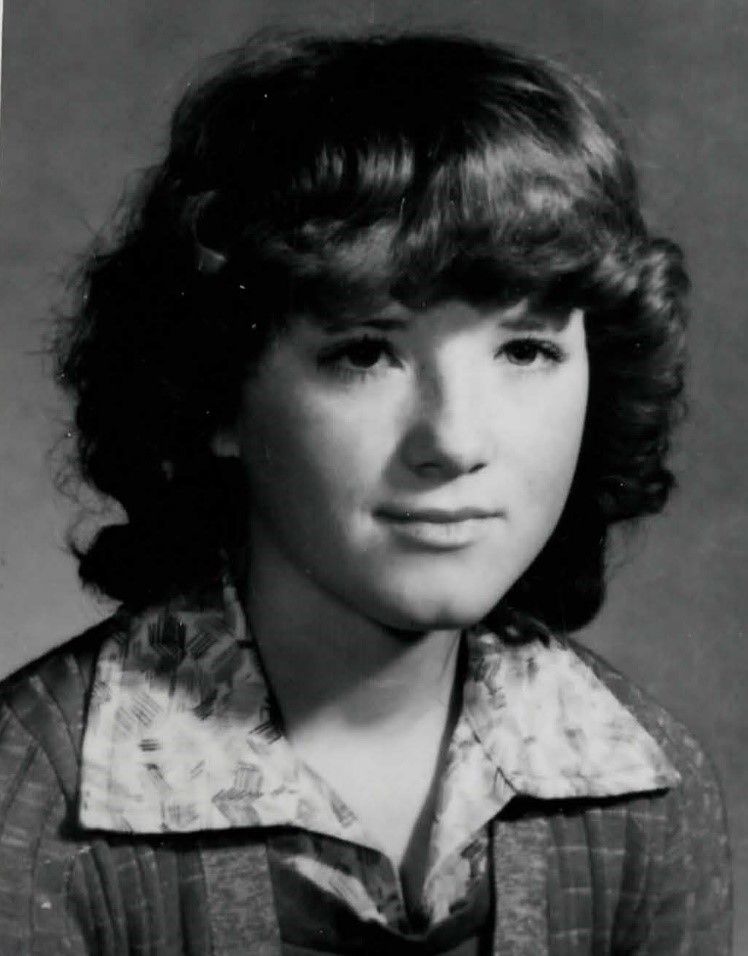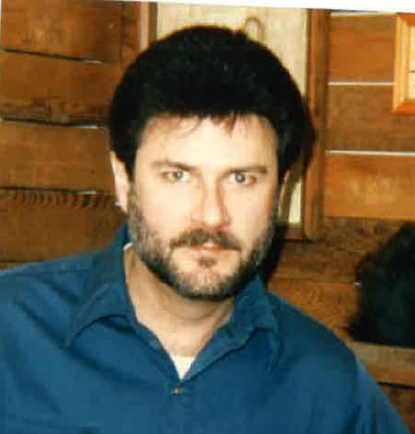WARNING: This article contains disturbing content.

A suspected serial killer from the United States is believed to be the person responsible for the decades-old deaths of four Calgary females and the RCMP believes investigators may link more deaths in Western Canada to the now-deceased man.
At a news conference in Edmonton on Friday, police said Eva Dvorak, 14, Patricia McQueen, 14, Melissa Rehorek, 20, and Barbara MacLean, 19, were all believed to have been killed in the 1970s by Gary Allen Srery.
Police said ahead of each of the four victims’ deaths, they had been walking in the evening. All four died of asphyxiation and their bodies were left outside of Calgary’s city limits. In each case, seminal fluid was found on the victims but police noted that at the time of their deaths, there was no way to test for a DNA profile of a suspect.
That changed in the 2000s because of technological advancements made in policing. Since then, the RCMP began to narrow down a list of suspects that originally began with 853 people.
In 2003, police used DNA analysis to confirm that the same suspect was linked to the deaths of both Rehorek and MacLean. The RCMP said that at that time the suspect’s DNA was compared against the National DNA Databank without a match.
“The profile was uploaded into the databank and went without a hit for over 20 years,” police said in a news release.
However, eventually a policing tool known as investigative genetic genealogy became available. In 2021, the RCMP worked with the Calgary Police Service to use the tool to zero in on Srery.
Once Srery was identified as detectives’ prime suspect, a cross-border investigation began. The RCMP said Srery, who was born in 1942, was a known serial sex offender who had victimized women in the U.S. prior to arriving in Calgary in the 1970s.
Srery died of natural causes in an Idaho prison in 2011 where he was serving a sentence for a sexual assault.

“With assistance from Interpol and Idaho State Police forensic services, Srery’s DNA was confirmed as a match to the unknown male DNA profile present on all four Calgary victims,” police said Friday.
The families of all four victims issued statements after the RCMP announced they believe Srery was responsible for their loved ones’ deaths.
Each of them expressed gratitude for the work done by investigators.
The RCMP said investigators believe Srery may be responsible for additional homicides and sexual assaults in Alberta, British Columbia and the U.S.
Police said if anyone believes Srery may be linked to an unsolved crime in their area, they should call their local police department.
Photos of Srery can be viewed in the image gallery below.
Police said Srery was an American citizen living in Canada illegally at the time of the Calgary homicides. Investigators believe he left the U.S. in 1974 after posting bail for a rape charge in California.
According to the RCMP, Srery used a number of aliases when he lived in Calgary between 1976 and 1977, including “Willy Blackman” and “Rex Long.”
“Srery lived a transient lifestyle and worked occasionally under the table as a cook,” police said. “(He) was adept at frequently changing his appearance, place of residence and vehicles.
“Srery lived in Alberta and British Columbia from the mid- to late 1970s up until 2003 when he was deported.”

“For over 40 years, investigators did not give up in their pursuit to identify those responsible for these murders,” said Supt. David Hall, the officer in charge of the Alberta RCMP’s serious crimes branch.
“Identifying the perpetrator does not bring Eva, Patsy, Melissa or Barbara back. It is our hope, however, that the families are finally able to have some answers as to what happened to their loved ones all of those years ago.”
What we know about what happened to the victims
The RCMP said Dvorak and McQueen, who were friends that attended the same junior high school, were walking in downtown Calgary on the night of Feb. 14, 1976. The next morning, at about 10:40 a.m., their bodies were found west of Calgary, under the Happy Valley Overpass on Highway 1.
Rehorek, who worked as a housekeeper and lived at the YWCA in Calgary after moving from Ontario to Alberta, was last seen by her roommate on the night of Sept. 15, 1976.
“She had intended on hitchhiking out of the city during her days off,” police said. The next day, at about 10:50 a.m., her body was found in a ditch about 22 kilometres west of Calgary.
MacLean worked at a bank and had been living in Calgary for six months at the time she died. She was originally from Nova Scotia. On the night of Feb. 25, 1977, she went to a Calgary bar with friends and was last seen walking alone near the bar in the early hours of Feb. 26. Police said her body was found by a dogwalker in the area of 6th Street and 80th Avenue Northeast about six hours later.
“I’ve been an investigator, and there is very little that we can do to make things better when we’re talking about homicides and this type of a crime,” Hall said. “Catching the bad guy, that’s our job. And it sounds simple, but it’s incredibly complex. It’s incredibly demanding.
“We can’t explain in a way today that underscores the amount of effort that goes into these files. …Why is it important? Well, in this particular case, the bad guy is — he’s dead, but he might not have been.
“It’s a public safety issue, but it’s also a family issue and what can we do for those families.
“I’m fortunate. I work with some incredibly driven people.”
The RCMP said the CPS had over 70 of its members work on the cases.
Insp. Kevin Forsen of the CPS’ major crimes section spoke about the same case at a separate news conference held in Calgary early Friday afternoon.
“We were very grateful to have played a part in finding answers for these families,” Forsen said. “Although we’re giving news of closure, … (we recognize) it’s a very traumatic event that we’ve reopened for them.”
–with files from Morgan Black, Global News

































Comments